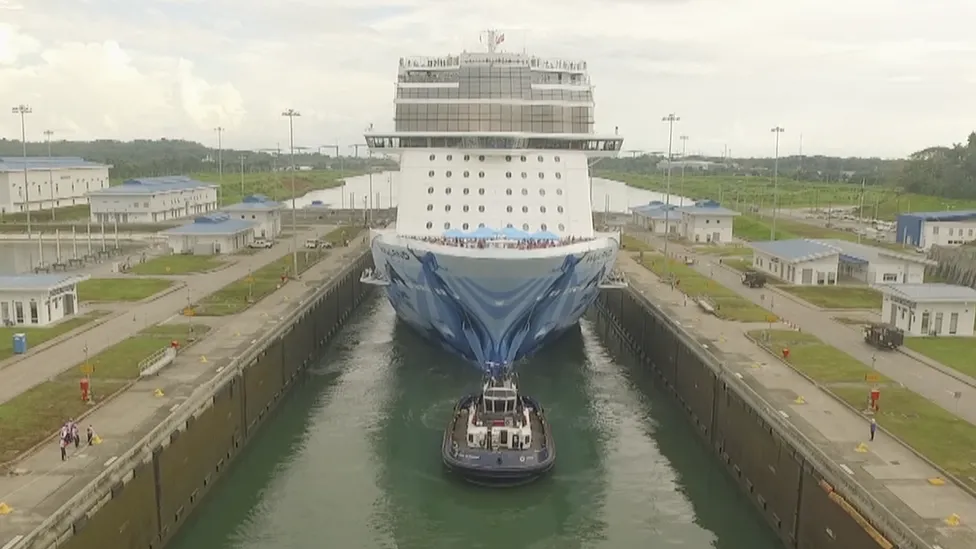Saving the Panama Canal
2 min read
Can the Panama Canal save itself?
The Panama Canal is an iconic waterway that connects the Atlantic and Pacific Oceans, serving as a crucial trade route for global commerce. However, in recent years, the canal has faced numerous challenges that have raised concerns about its future sustainability.
One of the main challenges facing the Panama Canal is the increasing competition from other trade routes, such as the Suez Canal and the expanded ports on the US East Coast. These alternative routes offer faster and more cost-effective options for shipping, posing a threat to the Panama Canal’s relevance as a key trade artery.
Additionally, the Panama Canal has also been plagued by infrastructure issues, including water shortages and maintenance delays. These problems have led to increased transit times and operational inefficiencies, further eroding the canal’s competitiveness in the global trade market.
In order to save itself, the Panama Canal must invest in modernizing its infrastructure, improving its operational efficiency, and strengthening its competitive position in the global trade market. By making strategic investments and implementing reforms, the canal can enhance its long-term sustainability and ensure its continued relevance as a vital trade route.
Ultimately, the fate of the Panama Canal rests on its ability to adapt to changing market dynamics, address its infrastructure challenges, and maintain its competitive edge in the face of growing competition. Only time will tell if the canal can successfully navigate these obstacles and secure its place as a key player in the global trade landscape.





